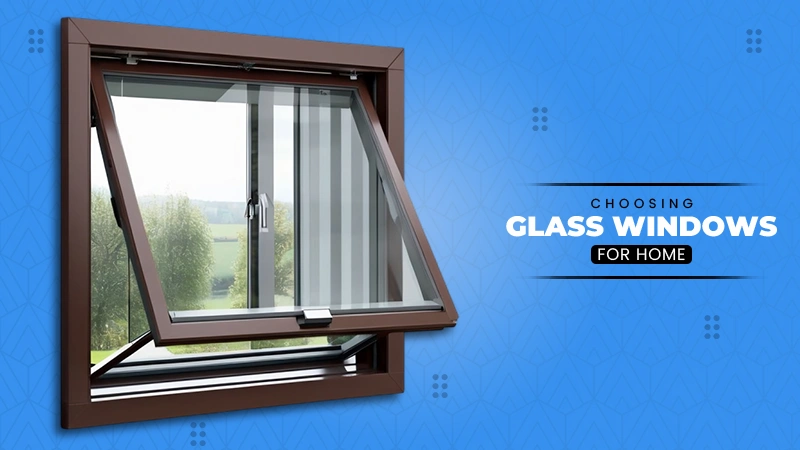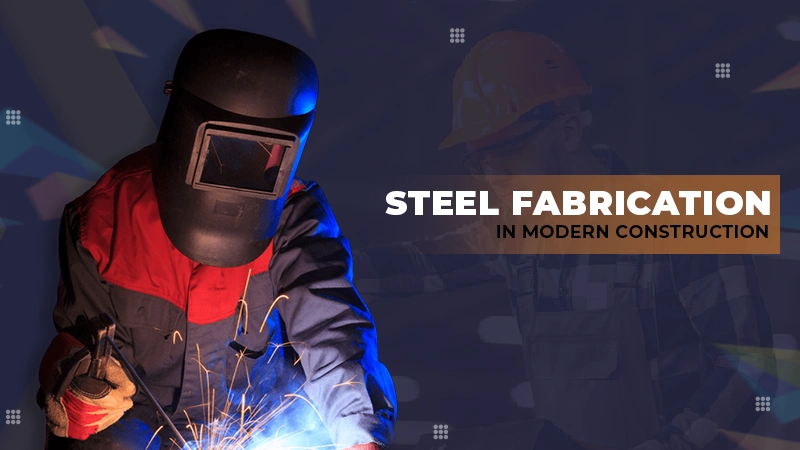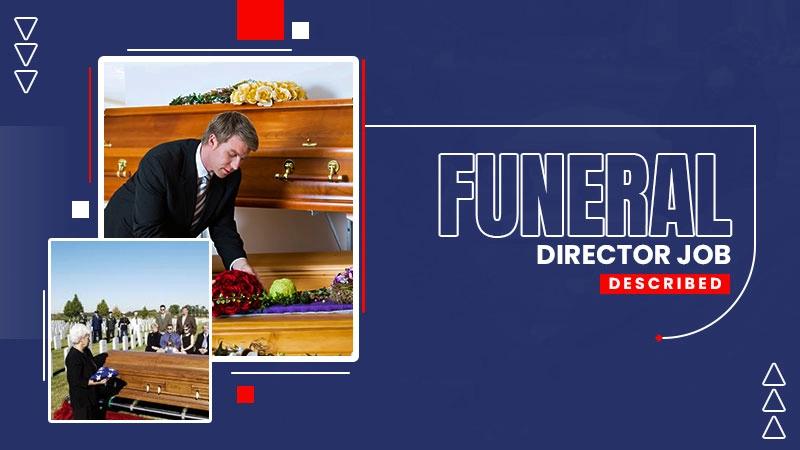Filing Cabinets: The Unsung Heroes of Office Organization in a Digital Age
In a world rapidly shifting towards digital storage, the humble filing cabinet might seem like an old-fashioned relic. But walk into any well-organised office, law firm, school, or medical practice, and you’ll still find it quietly doing its job—storing, protecting, and organising a sea of documents. There’s a reason why filing cabinets have stood the test of time. When it comes to physical record-keeping, nothing beats their practicality, security, and simplicity.
Why Filing Cabinets Still Matter in Modern Offices
Filing cabinets are the lifeblood of paperwork in any company. With cloud storage and digital databases, though, hardcopy documents are left over. Contracts, bills, receipts, client intake forms, employee data, and supporting documentation are still out there in hard copy. Filing cabinets provide those documents a safe, easy location where companies can remain in control, be regulation-aware, and have important documents at hand when needed.
The Role of Filing Cabinets in Maintaining Office Organization
One of the best things about filing cabinets is how easily the clutter can be removed. In a disorganized office, documents have a tendency to pile up very quickly and cover shelves, desks, and even the floor. That type of disorganization isn’t just unpleasant but wasted time, wasted deadlines, and even legal trouble if important paperwork is lost. With filing cabinets, storage space for each document is achieved. Files can even be alphabetically, chronologically, or categorized sorted, so it’s easy to dig them out with the fingertips. Taxes from last year or a client contract six months ago, nothing is cluttered or difficult to find.
There is something more added confidence that’s derived from having the physical files kept in some corner. Digital data can be corrupted, accidentally deleted, or lost when the system crashes. While backup of data is not a choice, the use of hard copies kept in filing cabinets adds another level of confidence. Especially in financial, medical, and legal industries where records must be stored for business and legal purposes, filing cabinets offer a level of confidence that may not always be possible through electronics.
Choosing the Right Filing Cabinet For Your Needs
The choice of a filing cabinet is reduced to all types of unrelated decisions. Vertical filing cabinets are most commonly recognized, with drawers sticking out of the front and containing files in side-by-side arrangements. They work best in cramped spaces and are ideal for maximizing ceiling space. Lateral file cabinets are narrower and offer side-by-side space for filing. These are appropriate for heavy book storage and even can be used as a counter or work surface. Even the cabinets themselves are on casters, so they can be wheeled from room to room when necessary—very handy in heavy-use office environments.
The quality of the material and construction also play a greater role than most people know. Steel cabinets or metal cabinets are best enjoyed for their durability and resistance to wear and tear. They will last for years, even in a heavy-use environment. Cabinets of wood bring a hint of elegance and warmth to an office environment, and so are appropriate for executive suites or home offices where form and function have to take precedence. Locks are also necessary. Confidential papers need to be locked up, and a lockable filing cabinet is an inexpensive and uncomplicated solution to securing confidential information.
Filing Cabinets: Low Maintenance and Long Lasting
One lesser-known benefit of filing cabinets is the way that they impose discipline on working with documents. By being physically constrained by how much you can stuff in there, you are compelled to be diligent about what you stuff in there. That means that you’ll be more likely to sort through paper work from time to time, get rid of that which no longer holds or is relevant, and have a clean filing system. Virtual messes have no bounds, but there are limited physical filing boundaries—and occasionally that is a blessing.
Filing cabinets are also extremely low-maintenance. Unlike high-tech electronic systems, they require no upgrading, software’ing, or IT-support. Fitted, they just get on and do their job year in and year out with the minimum of hassle. Dust them occasionally, lubricate the drawers, and they will keep your documents for decades.
It’s also interesting to note that in shared office environments, filing cabinets are repositories of knowledge. They give teams access to the information they need without relying on an individual’s email inbox or a single device. Organized and labeled, they encourage a culture of openness and accessibility. No more running around for that one form or client file—just go to the cabinet, and it’s there.
Apparently, filing cabinets are available in different sizes. The trick is finding the right one for your specific needs. A small home office can likely get by with a simple two-drawer set of shelves to store invoices and tax returns, whereas a law firm that has dozens of clients can do with banks of lateral cabinets. The upside is that the variety of sizes, colours, styles, and price points available means there’s something for everyone’s pocket and every room.
The Timeless Value of Filing Cabinets
In an age when we’re living among screens and cloud storage, there’s something comforting about a filing cabinet that is reassuringly solid. It’s a nod to order, reliability, and timeless functionality. Yes, it’s not the most glamorous piece of office furniture, perhaps, but its value is sure. To those who are still grappling with hard-copy files, it’s one of the simplest and most convenient machines for being on top and in control. Filing cabinets are not glamorous, maybe, but they quietly tick along in the background keeping the rhythm of a busy office moving—keeping chaos at bay folder by folder.









